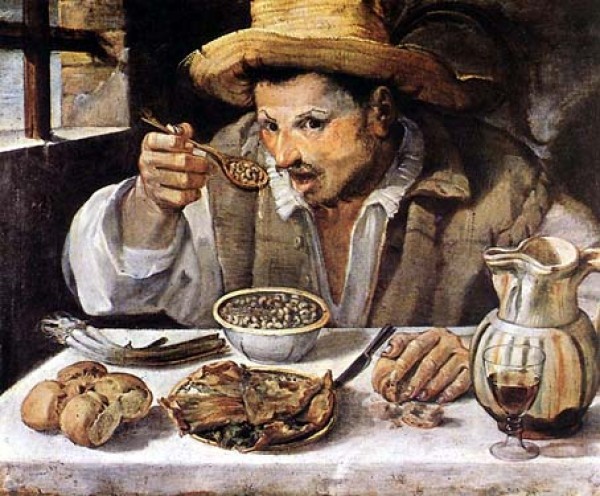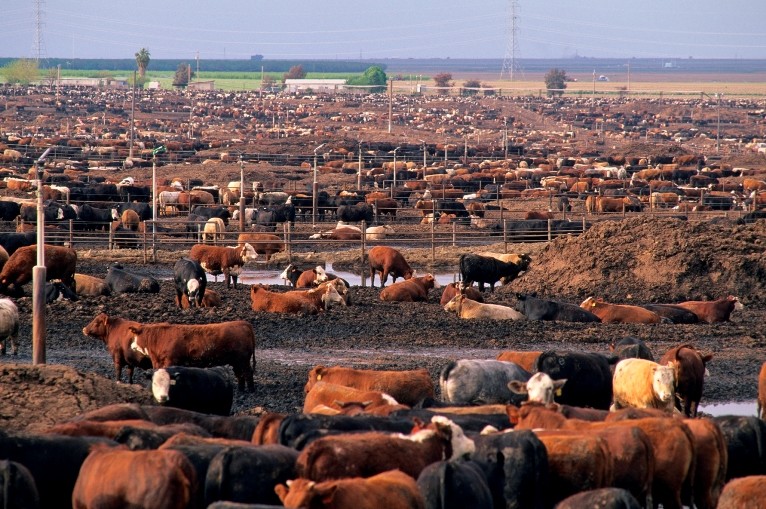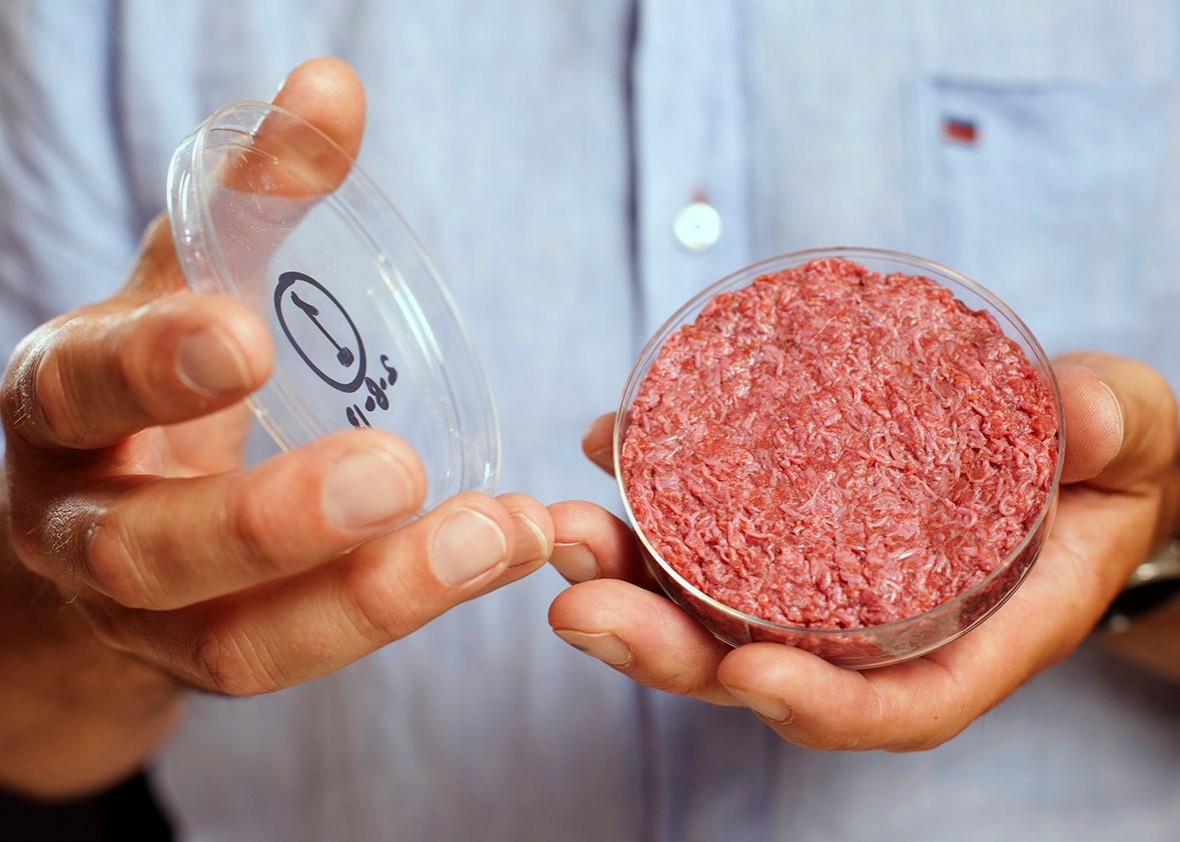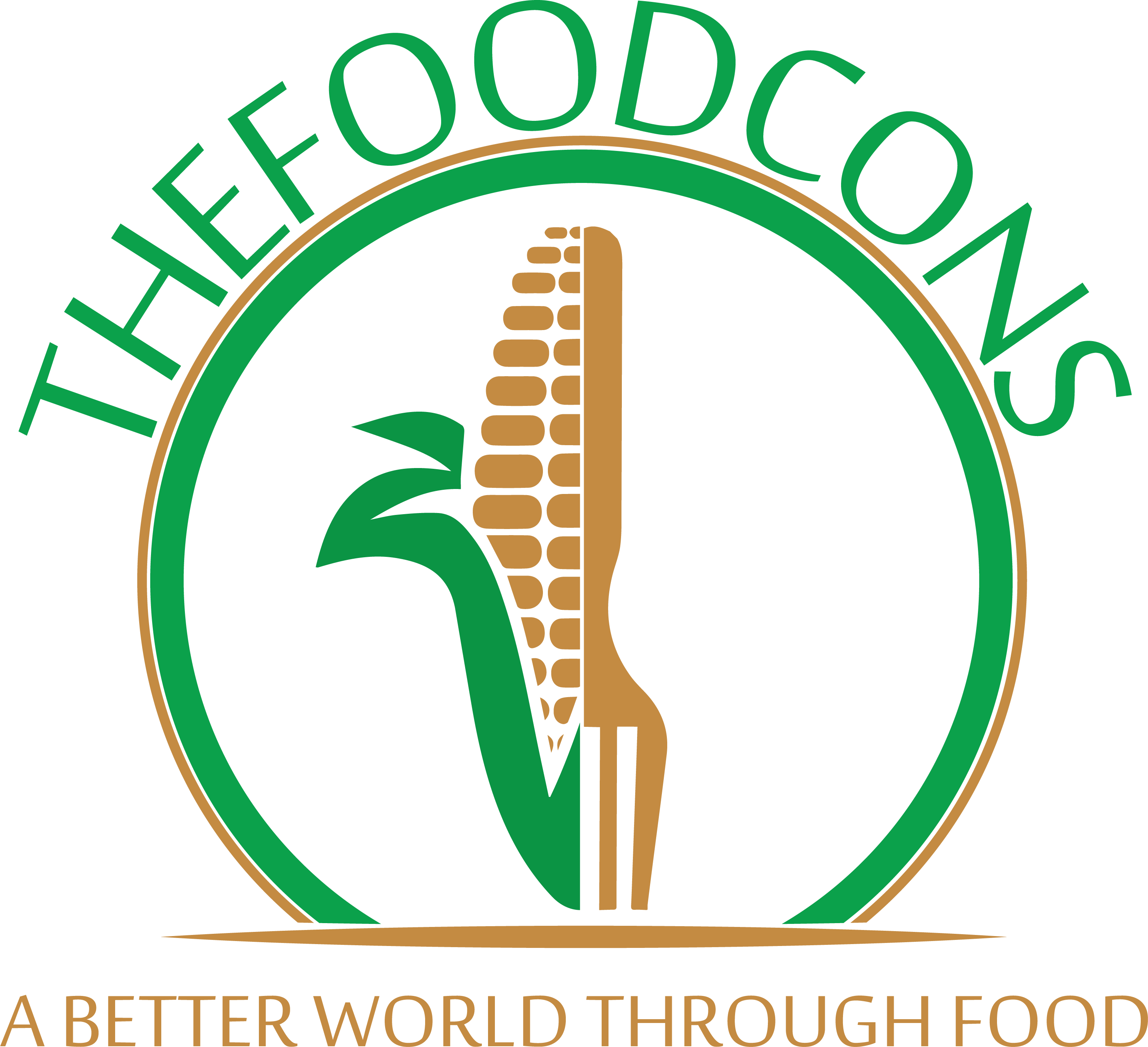BACK TO THE PAST FOR A MORE SUSTAINABLE FUTURE
World population:
1950 - 2'521'000'000
2017 - 7'500'000'000
2050 - 8'909'000'000 estimated
2150 - 9'746'000'000 estimated
The fictional character Yuri Orlov portrayed by Nicholas Cage in the film Lord of War probably would have said, "How do we arm all these people?"
But my more ethical question is, "How will we FEED all these people?"
2'200'000'000 of the aforementioned 7’500’000’000 are overweight (while 800'00'000 are still underfed).
This means that one-third of the world’s population, including me, is already eating more than needed, and I would say, eating in the wrong way.
“Eating in the wrong way” does not refer to taking large bites or not chewing enough times; it refers to WHAT we put every day on our tables and then in our mouths.
Some statistical figures may help sell the fact.
DANGEROUS TRENDS
In 2000, the yearly production of quinoa was 52’600 tons; in 2014, it was 192’500 tons; in the same years, avocado production was 2’710’000 tons and 5’030’000 respectively.
Let’s speak frankly: since some year ago, quinoa was known exclusively by someone who had some South-American friend and avocado was just a bizarre fruit to eat sometimes like on a salad, while actually it seems we can’t absolutely live without them.
A growing number of people started following these food trends with no idea of the impact they were having on the environment, land conditions and farmers’ lives; the internet is full of articles about it, so take a look. Lamentably, we are watching an over-exploitation of field resources and with oceans, we are not outdone.
I have been out of Italy for two years. Being back in my town, I counted at least five new sushi bars, not to mention the three species of bluefin tuna that are endangered, but now it’s cool and trendy to have a sushi dinner.
Switching to the less groovy but more traditional and beloved canned tuna, the situation may be even worse; the modern, aggressive tuna fishing techniques, such as trawling and surrounding net, do not allow sorting between young and old tuna. Fishermen catch whatever they find, even turtles, sharks and dolphins, which most of time, sadly, end up in the cans and then in our sandwiches.
LET’S MAKE A TURN
Now, let’s picture the same situation in less than 30 years, with almost 1,5 billion more people on the earth and go back to the first question:
How will we feed all these people?
It’s absolutely needed to develop a conscience about food and the environment.
The aforementioned facts and figures about quinoa and avocado are just examples demonstrating that eating in a natural way, doesn’t automatically mean that we are eating in an ethical way.
Eating tuna sashimi twice or more a week looks pretty cool and is a status symbol, but before following the food trends, we should realize the future of food must be ETHICAL and SUSTAINABLE.
There have to be alternative ways to get food or we must discover new sources. Or better, we could rediscover ancient ways to get food.
All of us should start eating less, but better.
MARK TWAIN DIXIT
“Buy land, they are not making anymore,” quoted Mark Twain.
I come from generations of farmers. My grandparents were farmers and so were their parents and their grandparents. My parents chose different paths, but now, during their retirement, they are rediscovering the passion and the love for the land, the joy of tending their own orchard, the importance of eating seasonal products and, whenever I can, I like joining and helping them.
Besides the satisfaction of eating organic products crafted by yourself with your own hands, being in contact with the land, into the green, may have also one strong and powerful therapeutic effect on your stress, your humour and your general health, without underestimating the economic benefits.
So, if you have the possibility to buy or rent one small piece of land, don’t hesitate; DO IT!
Don’t feel restrained by the concern to not have the skills and/or the time for nurturing, sowing, watering, harvesting, cleaning. You may find someone, maybe a skilled uncle or a more available friend who can do the work for you and then share the products, exactly like the ancient sharecropping agreements.
Do you live in the city and it doesn’t seem possible to have your own garden?
If you live on a penthouse in Milan, a lounge in Zurich or a student accommodation in Berlin, you may rely or even back one of the innovative startups in urban growing, such as HEXAGRO and its amazing Living Farming Tree.
Modular, fully customizable, completely automated and with one snappy design, it may be the right solution for those who don’t have space but absolutely don’t want to give up the orchard.
For a healthy salad or an organic basil, you won’t have to go to the market anymore, but you could harvest directly close to your Led TV. It’s simply amazing!

THE PROTEINS OF THE PAST
In your brand-new outdoor or indoor garden, you may crop what in Italians old times were called “poor people’s steak”: legumes.
Beans, peas, chickpeas, lentils, broad beans, you name it.
Their first remains are dated 7’000 years before Christ and were found even in old Egyptian tombs. They have always been part of mankind’s nutrition from South America to China.
Made immortal by Italian baroque painter Annibale Carracci in his most famous painting “Il mangiafagioli” (The beaneater, picturing one farmer eating one dish of beans), rich in proteins, vitamins and minerals, the legumes might be natural and economic alternatives to the animal origin proteins. They are available all year long, as fresh or dried, and their utility is not limited to substitute your steak or your chicken breast. In fact, their waste, the pods, could be used as organic compost for your crops, as a simple, but powerful example of the circle of nature.
Eating more natural foods and less animal proteins could be one step toward a more sustainable world, so let’s start to substitute at least once a week our grilled steak with a smelly hummus. We won’t regret it.

THE PROTEINS OF THE PRESENT
In 2008, during one trip in California, driving from Los Angeles to San Francisco, near Fresno, my attention was grabbed by something I had never seen before: hundreds square meters of fenced fields as far as the eye could see with thousands of cattle inside. It was something really astonishing.
In that particular moment, for the first time in my life, I realized how many natural resources, as water and feedstuff, without forgetting the energy, the intensive livestock farming needs to produce for our beef-steak but also our pork-ribs, chicken breast, lamb chops and so on and so forth.
Most of you for sure will agree the appeal issued by a rare cooked beef fillet placed on a bed of arugula with parmesan slivers and a homemade balsamic glaze (I will be glad to share in private this recipe, one of my best ) is priceless, so don’t focus on WHAT to buy but rather on WHERE to buy it.
Start considering where your meat comes from. Why do not stop buying meat coming from over-exploited farming and start relying on food miles meat? At least we will be sure it has been produced with environmental and social engagements, in a more natural and sustainable way, respecting natural cycles and animals’ health.
In one previous article I already spoke about FARMY and what this young company offers; if you live in Switzerland, you might find its service really useful: meat but also fruits, veggies, dairy and so on and so forth. Local, bio, healthy, sustainable; manufactured, packed and delivered at your door...what else?

THE PROTEINS OF THE FUTURE
Yesterday: legumes
Today: food miles meat
Tomorrow? Moon-Beef or Venusian chicken?
Maybe, but nothing yet has been written in this regard.
A recent study of World Watch Indicated indicates that in 2050, the world meat production should double compared to that of 2000.
Due to the fact I think we won’t be able to move the livestock farming on other planets, it’s absolutely needed to find more concrete solutions.
Insects, for example, have been consumed as food since ancient times and today they are still the main protein source for many poor countries, so why not open a little bit of our minds and start relying on entomophagy?
I may agree on the fact that someone in front of a cricket's skewer may have a kind of revulsion, but actually on the market, you may find, for example, insects in the form of flour, which might be a first approach to a more ethical and sustainable food source. Anyway the edible insects is a wide topic of discussion which deserve more space in a next article.
Besides that from the land, in the next future, protein might come from the specimen. Top world influencers like Bill Gates and Richard Branson have recently backed one remarkable startup, MEMPHIS MEAT.
With a total 17’000’000$ fundraising, this pioneer startup is cultured meat or vitrio meat (slanged Shmeat, a combination of sheet and meat ) is developing an innovative way to produce meat in a laboratory, directly from animal cells and bypassing the issues and problems related to livestock farming.
Shortly, the typical Saturday night question related to dining-out may switch from “Pizza or Sushi?” to “Crickets or Shmeat?”

If you liked this article and think we have to change our food style, feel free to share it with you network and open a discussion.

